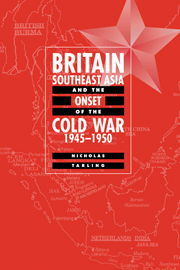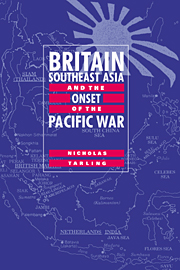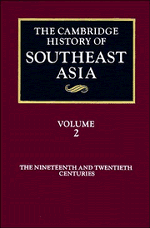Southeast Asia has secured over the past half century both a large measure of interstate peace and cooperation and a degree of autonomy from great powers outside the region that few observers had hoped for and scarcely any anticipated. Those have been coupled with a measure of economic and social development that, though far from equitable in its coverage and set back by a major crisis in the late 1990s, also indicated a remarkable transformation. A region of revolt had become a region that invited investment, though also speculation. To that the work of ASEAN (Association of South East Asian Nations) has made a substantial contribution. Many were disappointed with its slow progress towards the cooperative economic projects that it set out as its priority. What was achieved was what that vaunted priority in fact, by design or otherwise, tended to conceal, a practice of political collaboration that in the event was to open up much wider economic prospects.
By contrast to the European regional project, ASEAN was avowedly based on the nation-state. That was the prime source of its success, though some would also say its ultimate limitation. The region had come almost entirely under the formal rule of Western powers and been segmented into parts of their empires. Within the frontiers they had created or affirmed, however, their rule had come to be contested by a nationalism that they had also helped to create. Within the colonial states they built up, an alternative leadership offered the way to modernity. The destruction of the Western empires by the Japanese gave it, rather unwittingly, an opportunity it would not otherwise have had so soon or perhaps so amply. But its achievement, the winning of independence, was won piece-by-piece, colony by colony, and the new states, though claiming as modern states now did, to be nation-states, inherited the colonial frontiers. Just as the colonial states had little in common but their colonialism, those that replaced them had little in common but their nationalism. Any attempt to build regionalism had to take that into account.
Politically, the outside powers rather stood back from the region-building of the 1960s and 1970s, though the Soviet Union (SU) thought ASEAN was a US plot and it was indeed often presented as anti-communist, to some extent another piece of its own camouflage.


